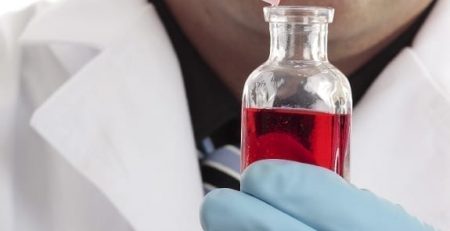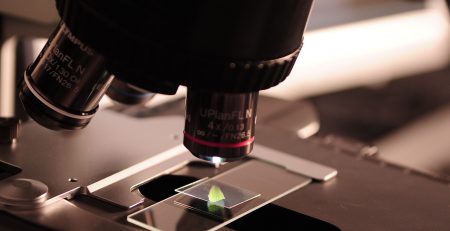Air Travel May be Getting Even Greener
While air travel currently only accounts for five percent of global greenhouse emissions, that number is expected to rise dramatically as more and more individuals take to the skies and other industries lower their greenhouse gas emissions. But Professor Ning Li of the Dalian Institute of Chemical Physics intends to change that.
In an article published in Joule last month, Li outlines how he found a way to turn cellulose, the polymer that gives plant cell walls their strength, into jet fuel that may prove to be more successful, sustainable, and scalable than previous attempts IFLScience.com reported.
“The aircraft using this fuel can fly farther and carry more than those using conventional jet fuel, which can decrease the flight number and decrease the CO2 emissions during the taking off (or launching) and landing,” Li said in a statement.
And unlike previous multi-stage processing that made cellulose conversion extremely expensive, Li has developed a more direct process that he hopes will make this option cheaper.
Not everything is coming up roses, however. There is a fear that if this form of fuel were to really takeoff, the offset in emissions would eventually be nil. Additional alternative fuel sources, such as Carinata and bio-jet fuel developed through the interactions between sugars and bacteria to create ethanol, are other potential options, but neither of these options are without their drawbacks.














